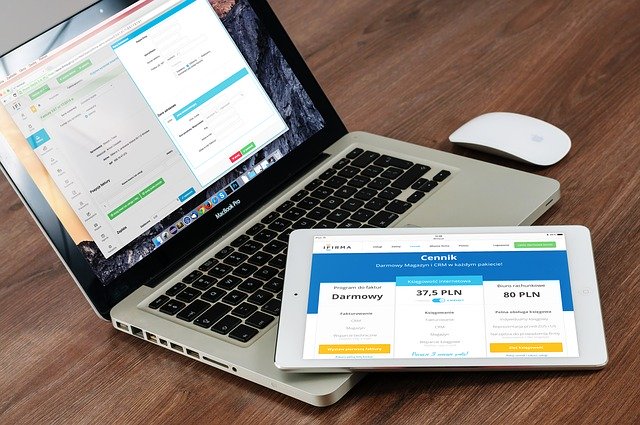Looking for a new website?
Prices starting from £99+VAT only. Contact us now
ContactWhenever you open your website, what do you feel about the design? Do you think it is adaptive? Or do you think it is responsive? And which one among the two is the more suitable design for your business? It is one of the vital things to know, which ultimately helps you to get better engagements and also ensures better performance of your site. Also, it gains you more customers and increases your conversion rates. We, as one of the best web design companies in Bristol, we would like to clear this confusion for you.
Both styles have their qualities. They do share some similarities but are different. Let’s find out how!
A responsive web design style
The concept came into existence in 2010 by Ethan Marcotte. The general idea behind the responsive style is that it responds to the behaviour of its user based on screen size, platform, and orientation. It helps the web pages to fit in whatever sized space is available. In this way, a website can be accessed appropriately on different screens with different sizes. It also helps the content to move and fit the browser window optimally.
Such web designs are easy to use on a desktop, and they adjust fluidly when the browser size change. Hence, the responsive web designs became the focal point in 2014 when mobile phones got the access button to browse any website.
Now, what are the benefits and challenges of responsive designs? The next section will clear all!
Pros
- A responsive style creates uniformity in the user-experience when you even switch to a new browser.
- It makes your website SEO friendly, that ultimately drives more traffic.
- It incorporates the number of templates and styles to make your site more beautiful and professional.
- It is a more comfortable method to use.
Cons
- Designs are generally made for mobile screens first, and then they expand to fit PC.
- Some elements may move out of the screen during designing.
- Advertisements can be popped up anywhere on the screen. It may also result in content covering.
- The loading time on mobile phones might take long.
Adaptive web design style
Aaron Gustafson introduced adaptive web design around the same time as responsive came into existence. He later explained it in his book Adaptive Web Design: Crafting Rich Experiences With Progressive Enhancement in 2011.
The adaptive design is based on the concept of creating different sizes of a web page that supports the various screens and devices of the user. The site automatically detects the size of the browser and select the layout that fits the screen best. For example, the website is opened on the mobile browser. It will recognize the available space and choose a design that fits firmly. Also, it maintains the appearance of the site, and the style provides the points. The adaptive web style is based on the most common screen widths with 320, 480, 760, 960, 1200, and 1600 pixels. It can also be modified to fit additional screens like tablets and netbooks.
Pros
- It creates the best user experience for each screen size.
- Automatically respond to the user’s environment.
- Advertisement is optimally placed regarding the screen size.
Cons
- More time and energy-consuming process.
- Might not work accurately on netbooks and tablets due to different screen sizes.
- Need work on the SEO so that search engines recognize the identical content on multiple layouts.
So here is all that you need to understand about the responsive and adaptive web design. However, each style comes with some positive as well as negative aspects. You need to look for your business goals and user’s behaviour to check how they connect with your website. And as the Local SEO Agency Bristol, Launch Your Business, says, the best option would be the one that provides both user-experience and conversion rates.

